Learn About Organic Maps: An Open Source Alternative to Google Maps
Google Maps is great, but it's not the only mapping tool on the market. Some people have turned to Organic Maps, an open-source Google Maps alternative that has all the features you need while still protecting user privacy on the go.
Why choose Organic Maps instead of Google Maps?
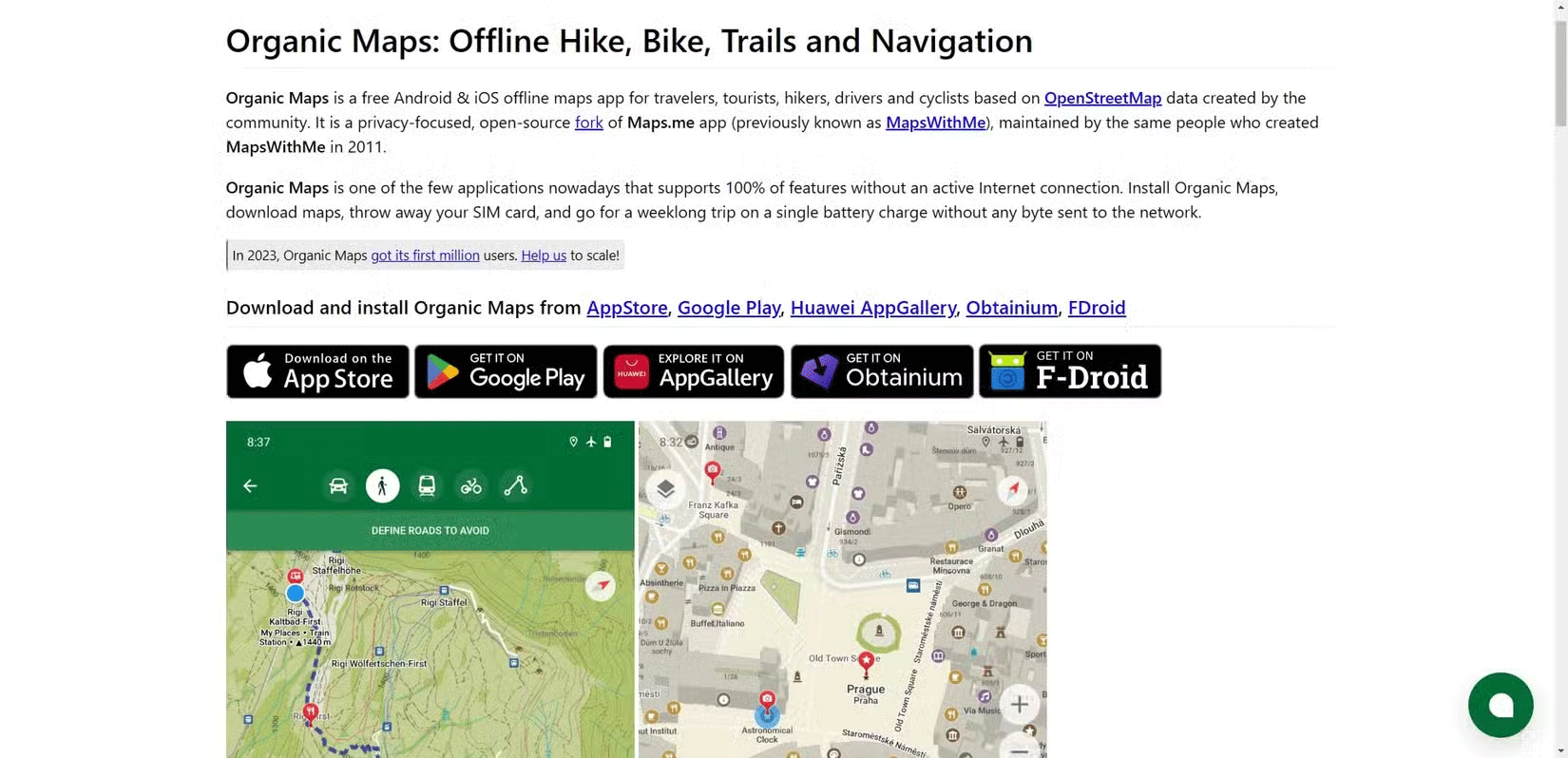
Organic Maps is a free, open-source mapping app for Android and iOS, developed by the same team behind MapsWithMe, which first launched in 2011. Built on OpenStreetMap data, the app is great for travelers, hikers, drivers, cyclists, and tourists. Unlike other mapping apps, Organic Maps works 100% offline – just download the map, pop in your SIM card, and explore without needing mobile data. That means no worries about data charges or losing signal in remote areas.
- Download Organic Maps for | (Free)
With Organic Maps, you can truly disconnect from the online world and rely on the app for all your navigation needs. It is definitely a perfect choice for adventure seekers and nature lovers. Previously, Google Maps was the go-to tool for finding routes, gas stations, and anything else people needed. But then, Organic Maps came along and changed everything.
Organic Maps keeps things simple - no ads, tracking or unnecessary clutter - just navigation, simple and clear, without unnecessary extra features. Unlike Google Maps, which is always demanding location information and loves to send push notifications, Organic Maps respects the user's space and doesn't bother them.
Organic Maps is committed to privacy. It doesn't track or sell user data. With Google Maps, even when offline, you feel like the app is tracking you - tracking your GPS and movements in the area you downloaded it to. Organic Maps, on the other hand, works completely offline, while still providing accurate maps and directions.
And since Organic Maps works offline, it's a real lifesaver when your phone doesn't have a signal. Having Organic Maps is like having a comfortable companion that's always there to keep you on track.
Features and Benefits of Organic Maps
Road trips always start with a quick download of a map of the city or area you're going to - in case you lose signal or end up in a remote area. For this reason, many people have chosen Organic Maps as their favorite travel companion app.
The first thing you'll notice about Organic Maps is its detailed offline maps. Unlike some other apps, it even shows places you won't find elsewhere, thanks to a partnership with the community-run open source project OpenStreetMap, which keeps its map data up to date.
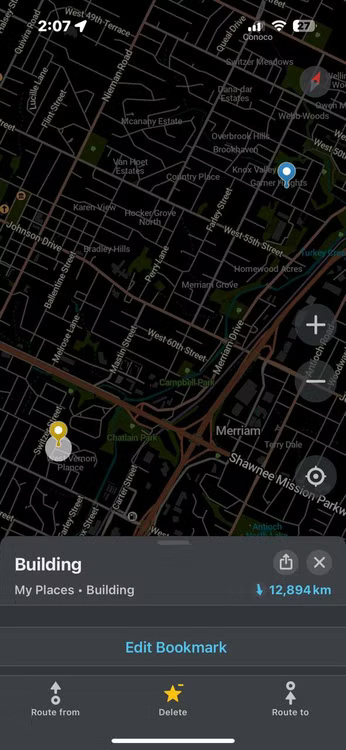
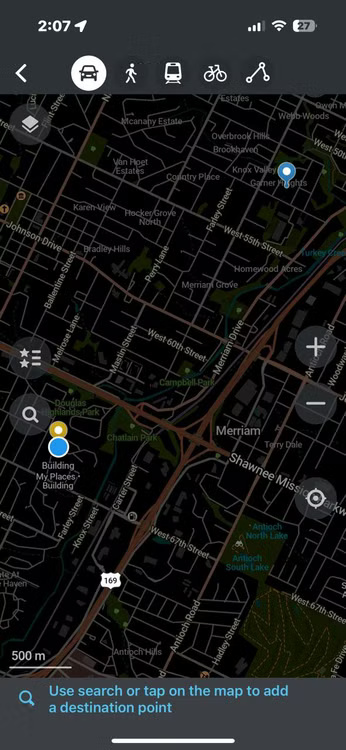
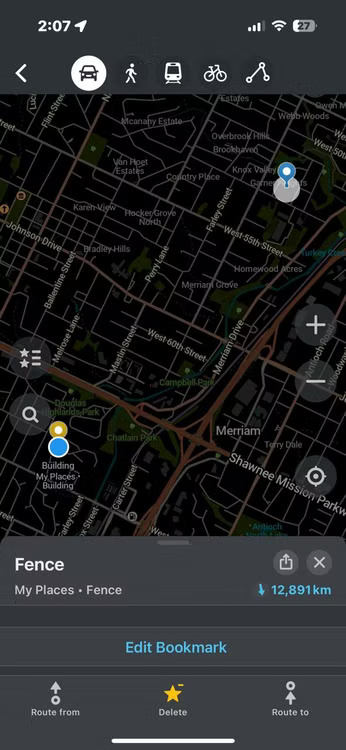
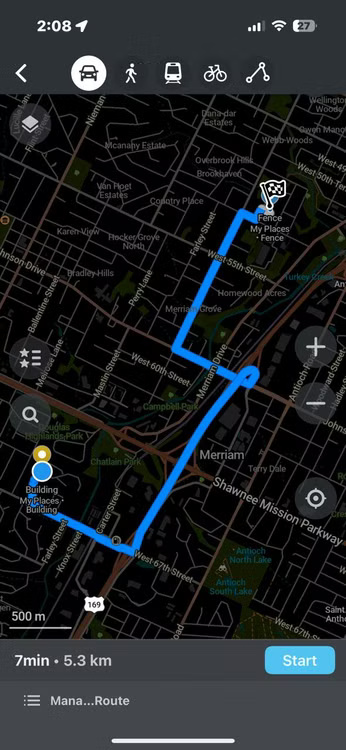
And it's not just for urban explorers. Organic Maps caters to hikers, cyclists, and adventurers alike. The app features detailed routes with contour lines, elevation, peaks, and gradients—basically everything you need to plan a safe and enjoyable hike or bike ride.
The app also offers turn-by-turn navigation with voice guidance for walking, cycling, and driving (Android Auto). You can search for places offline, save them as bookmarks, and even import or export them to formats like KML/KMZ or GPX. If you're on the iOS version, you can customize your bookmarks with colors and icons to keep things neat and easy to spot.
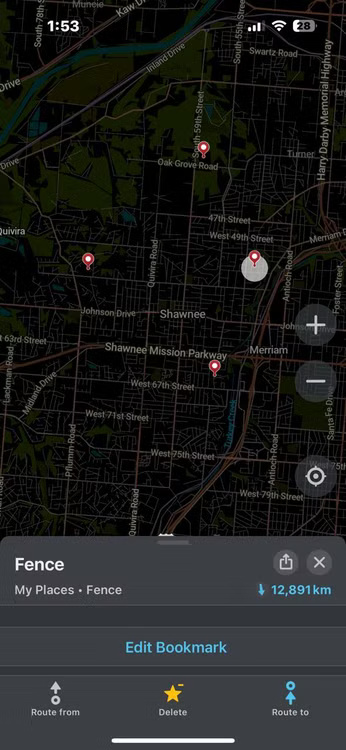

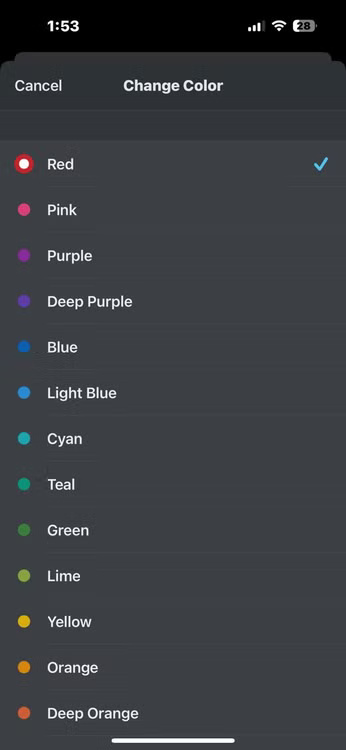
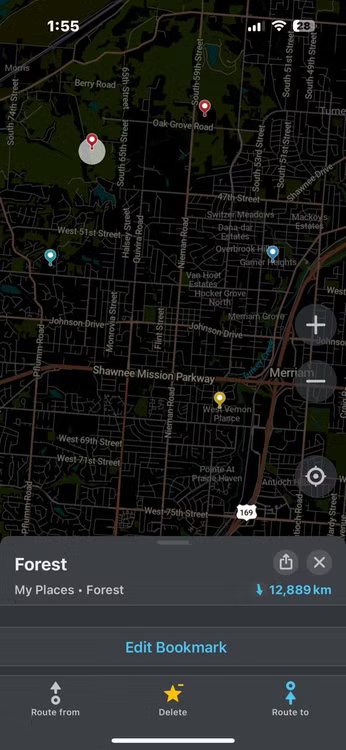
There are other thoughtful touches, too, like Dark Mode for nighttime travel. Plus, the app doesn't collect or share your data, which is a big plus if you're serious about your privacy. So why not give it a try on your next adventure? Who knows, it might just become your favorite travel app, like so many others have.
 22 Tips to Improve Your Listening and Streaming Like a Pro on Spotify
22 Tips to Improve Your Listening and Streaming Like a Pro on Spotify Fake Ryzen 7 9800X3D Chips Appear on the Market: How to Detect?
Fake Ryzen 7 9800X3D Chips Appear on the Market: How to Detect? Why use Ethernet connections whenever possible?
Why use Ethernet connections whenever possible? UEFI CosmicStrand Malware Found in ASUS and Gigabyte Firmware
UEFI CosmicStrand Malware Found in ASUS and Gigabyte Firmware How to delete last camera access history on Windows 11
How to delete last camera access history on Windows 11 Nvidia will support Toyota in developing self-driving cars
Nvidia will support Toyota in developing self-driving cars